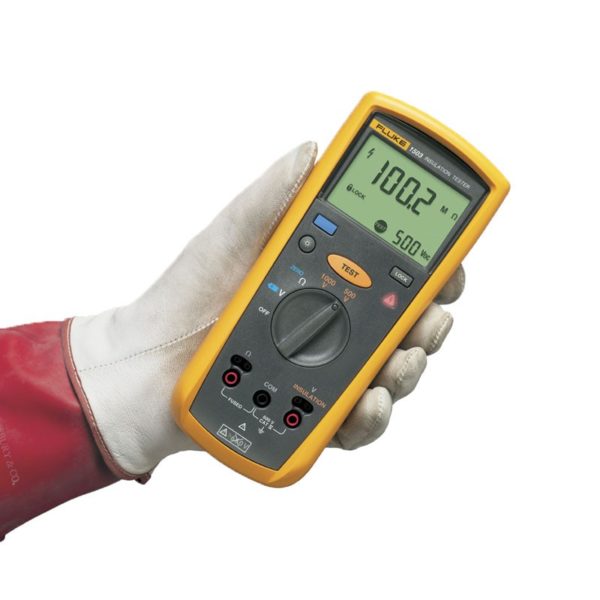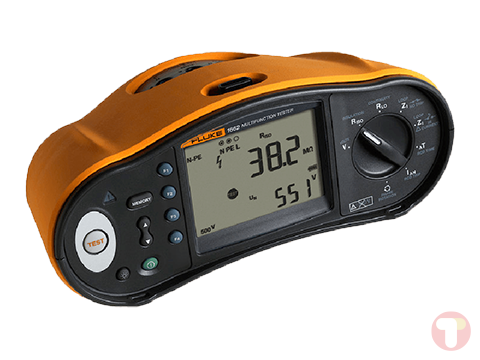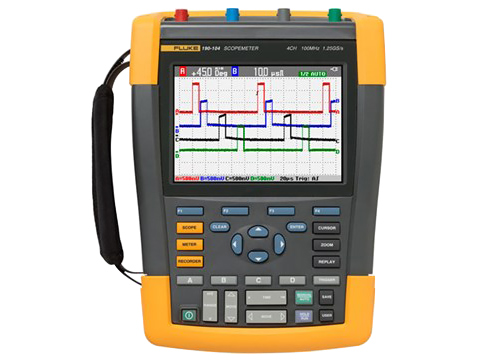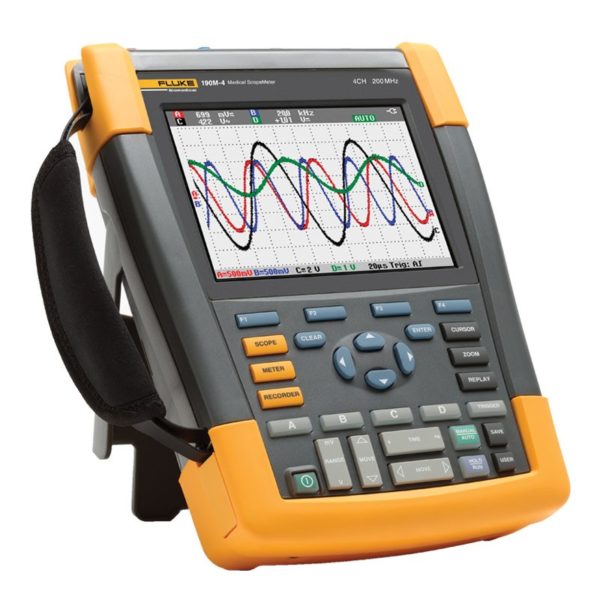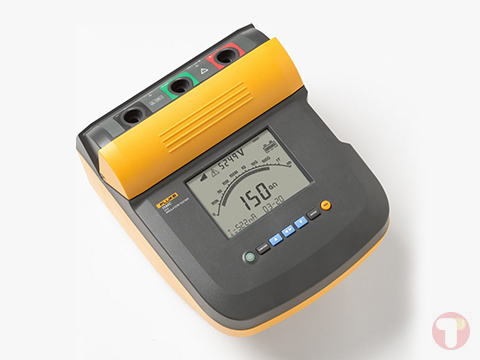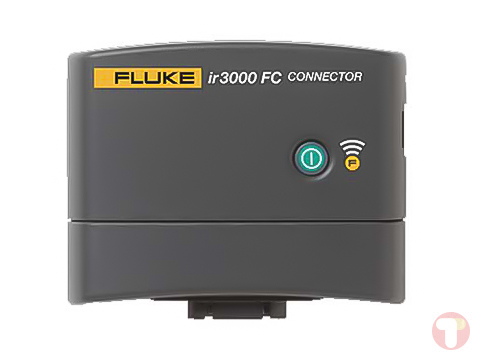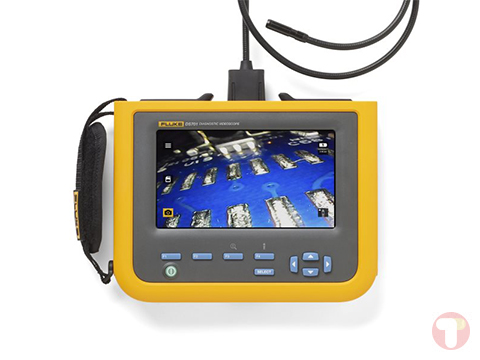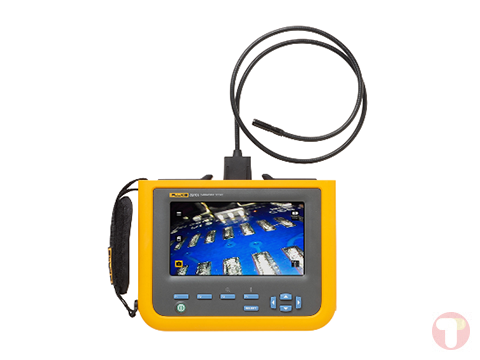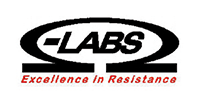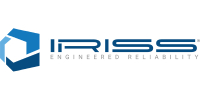Fluke IRR2-BT Offers
Rugged and compact, this irradiance meter has an easy-to-read, high-contrast LCD screen that allows users to read measurements in direct sunlight, perfect to bring along with you wherever. Easily meets the IEC 62446-1 requirement for testing, documenting, and maintaining photovoltaic systems with its simple user interface and built-in temperature sensor. In addition, the integrated compass and inclination sensor allows you to quickly measure and document roof and site orientation, pitch, and panel tilt while surveying, installing, or adjusting an installation.
Features
- Make the critical measurements needed for installing, testing, maintaining, and reporting on solar panels or photovoltaic systems with one, easy-to-use tool
- High-precision mono-crystalline solar sensor: Instantaneous irradiance measurements up to 1400 W/m2
- Two options for temperature measurement: Use the built-in temperature sensor or the external suction mount temperature probe to measure ambient and panel temperature
- Integrated compass: Measure and document roof or site orientation
- Inclination sensor: Know roof and PV panel tilt when surveying, installing, or adjusting the installation
- Mounting solution: Ensure proper irradiance measurements with solar panel mounting
- Instant I-V curve readings: Part of the solution for I-V curve measurements, this unit wirelessly communicates with the SMFT-1000 (sold separately) for instant and accurate readings
Photovoltaic system design and surveying
To find the expected production at a site, determine your solar resource while taking shading into account. The solar resource is measured in peak sun hours: the number of hours per day with 1000 W generated per square meter of solar array. Location, time of day, season, and weather conditions all influence peak sun hours. Determine the actual solar irradiance (Watts/m2) and shading at the site to develop a baseline.
Measuring
Once your system is installed, make sure it is operating as designed by measuring its electrical characteristics and the actual power output of the array. The performance of a photovoltaic array is based on its current-voltage (I-V) curve. Use the irradiance meter to obtain the amount of solar irradiance necessary to calculate the I-V curve of the power output. This meter features wireless communication of recorded irradiance and temperature measurements with the SMFT-1000 Solar Multifunction PV Analyzer (sold separately) to instantly determine the I-V curve of the panels under test. Even when installed correctly, a photovoltaic system may not be producing the expected electrical output. In order to produce the expected output the system needs to receive the correct amount of irradiance energy to generate the DC voltage that is fed into the inverter.
Applications
- Solar installation and maintenance
- PV site surveillance
- Installing, testing, maintaining, and reporting on solar panels or photovoltaic systems



